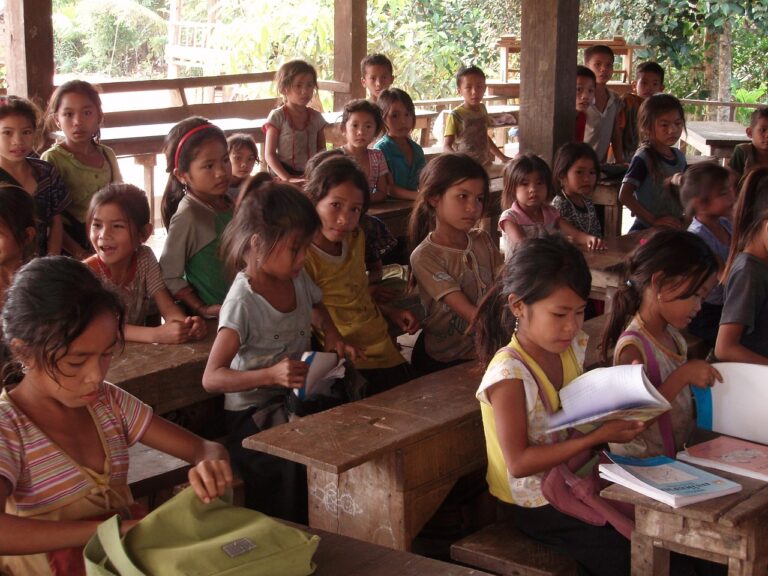Strategies for Implementing Restorative Justice Practices in Schools
Implementing restorative justice practices in schools presents various hurdles that educators and administrators need to navigate. One of the primary challenges is the shift in mindset that is required from punitive to restorative approaches. This change can be met with resistance from those who are accustomed to traditional disciplinary methods, making it crucial to provide thorough training and ongoing support to ensure successful implementation.
Another obstacle to the effective implementation of restorative justice practices in schools is the need for time and resources. Restorative justice requires a significant investment in training staff, developing processes, and establishing a culture that values dialogue and relationship building. Schools may struggle to allocate the necessary time and funding to fully integrate restorative practices into their existing systems, hindering the potential benefits for both students and the broader school community.
Building a Supportive School Community
Creating a supportive school community is crucial for the overall well-being and success of students. When students feel a sense of belonging and support from their peers and teachers, they are more likely to engage in learning and develop positive relationships. This can lead to improved academic performance and overall social-emotional development.
One way to foster a supportive school community is through promoting inclusivity and diversity. Schools can organize activities and events that celebrate different cultures, backgrounds, and perspectives. By embracing diversity and encouraging mutual respect among students, schools can cultivate a welcoming environment where every individual feels valued and accepted.
What are some common challenges schools face when trying to implement restorative justice practices?
Some common challenges include resistance from staff or students, lack of training and resources, and the need to shift away from punitive approaches to discipline.
How can schools build a supportive school community?
Schools can build a supportive community by promoting inclusivity, fostering positive relationships between students and staff, implementing restorative practices, and providing social-emotional learning opportunities.
How does restorative justice differ from traditional disciplinary practices in schools?
Restorative justice focuses on repairing harm and restoring relationships, while traditional disciplinary practices often focus on punishment and exclusion. Restorative justice emphasizes accountability, empathy, and collaboration.
What are some benefits of building a supportive school community?
Some benefits include improved student behavior, increased academic achievement, higher levels of student engagement, reduced conflict, and a positive school climate.





